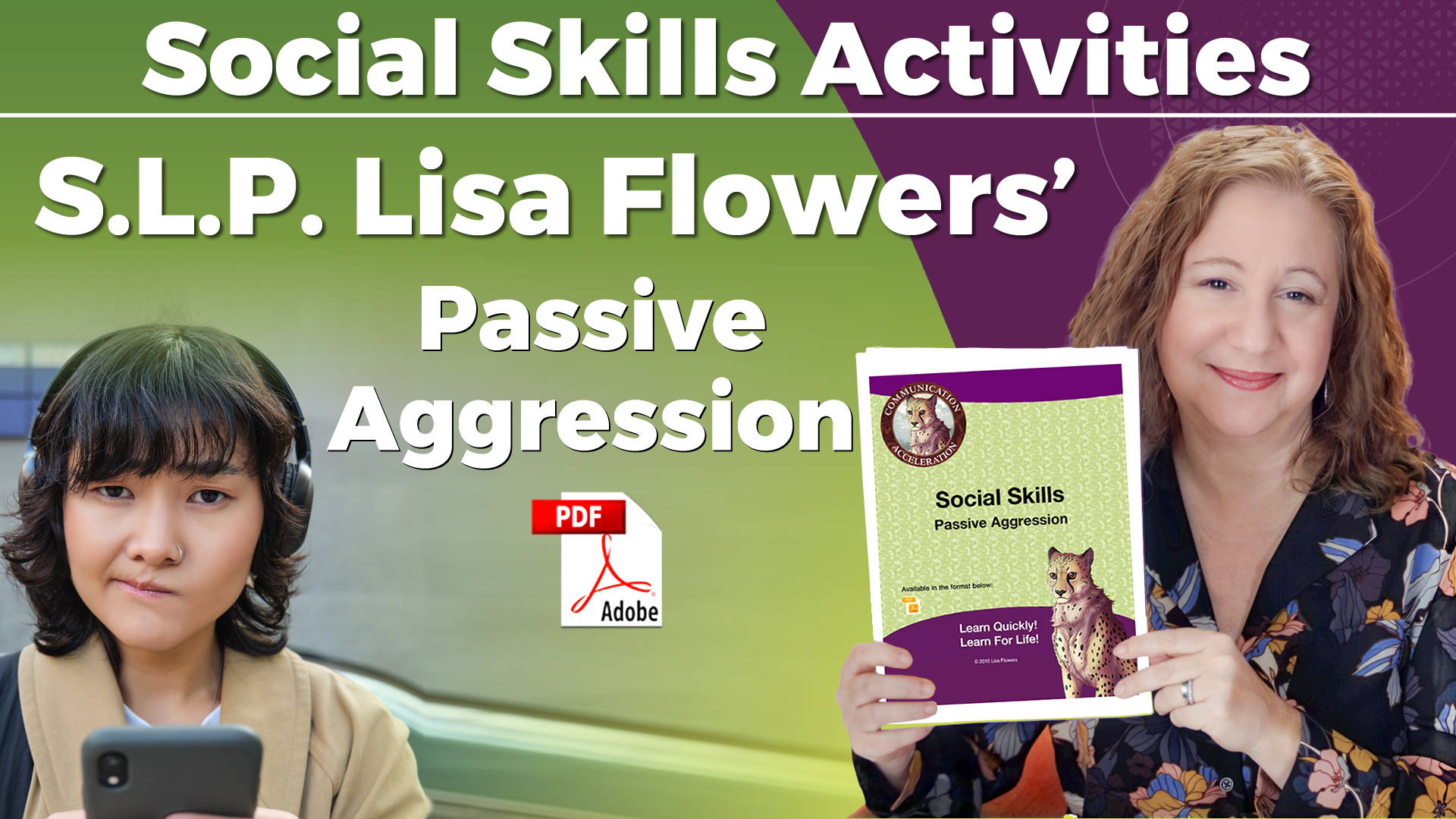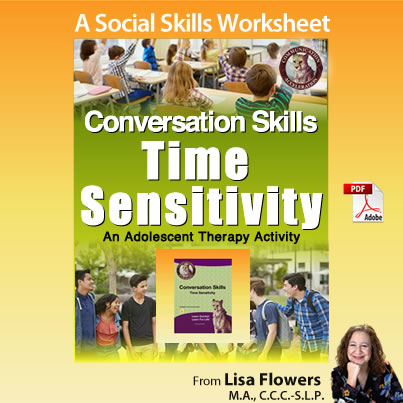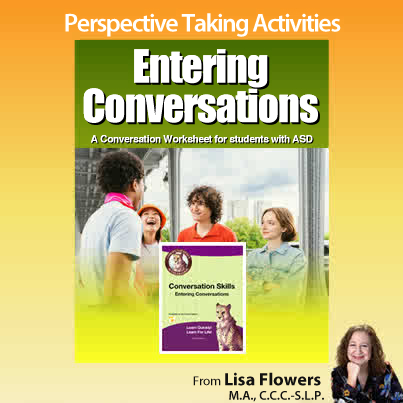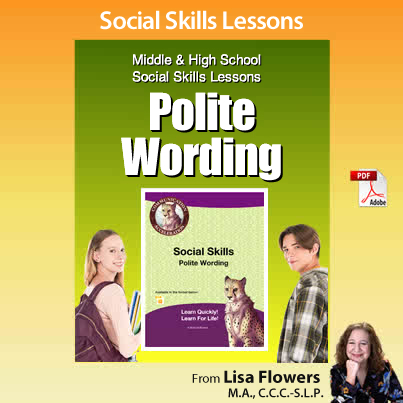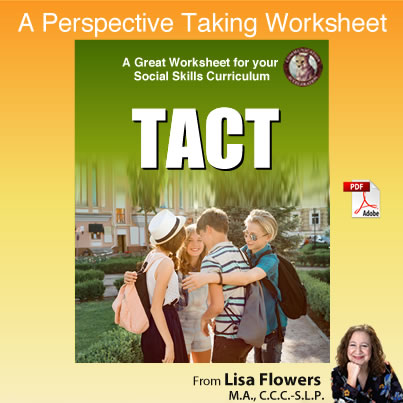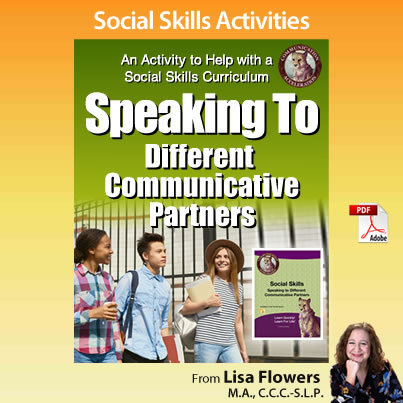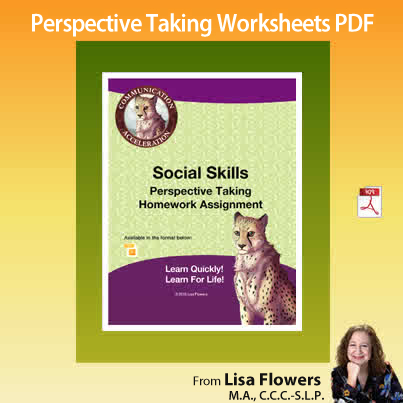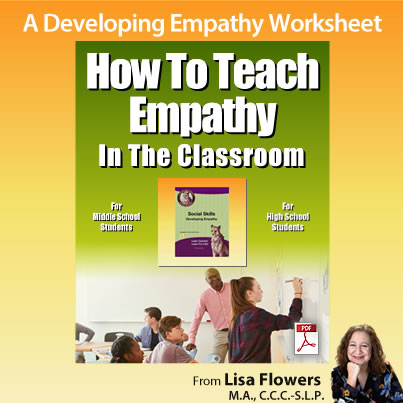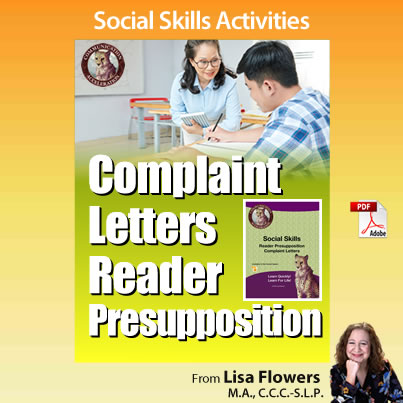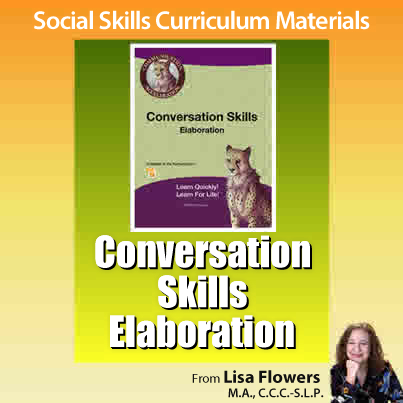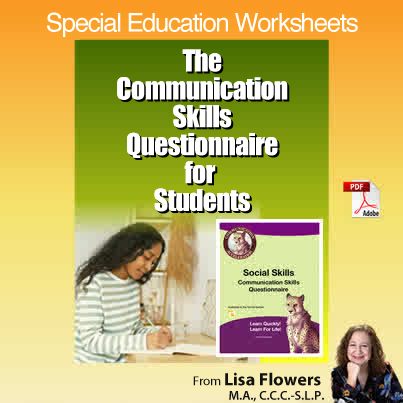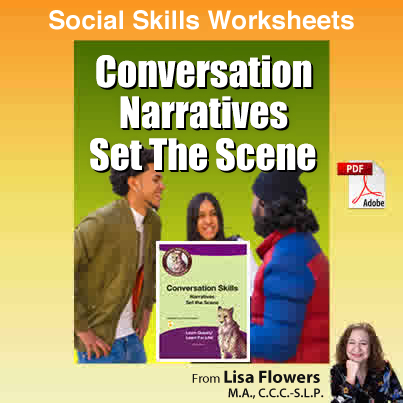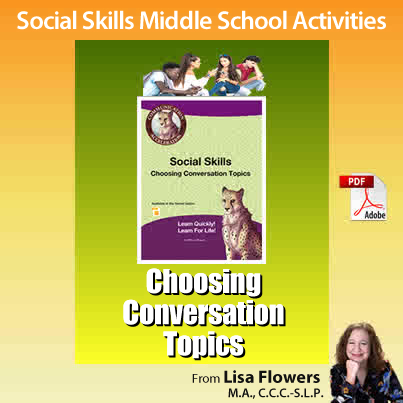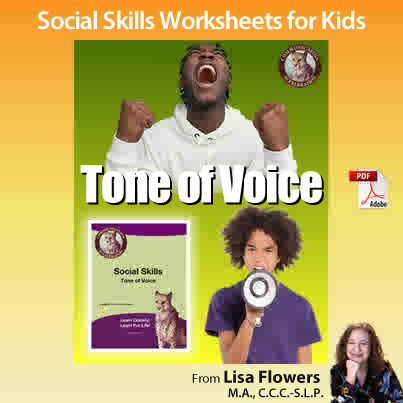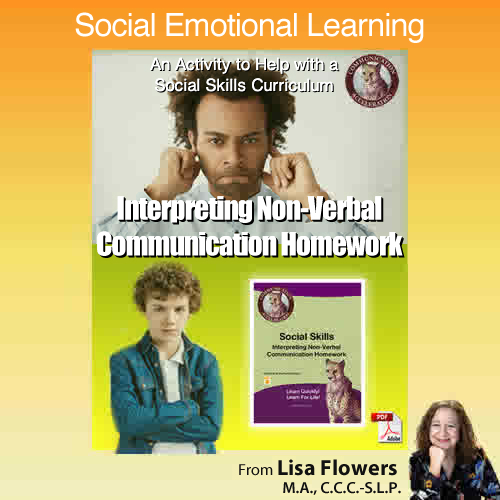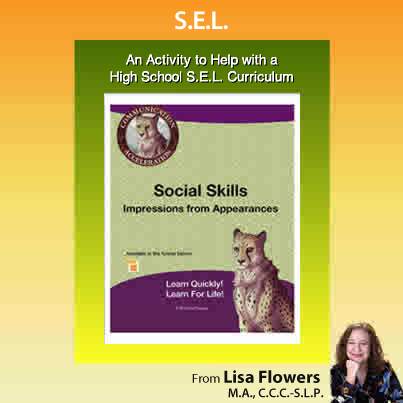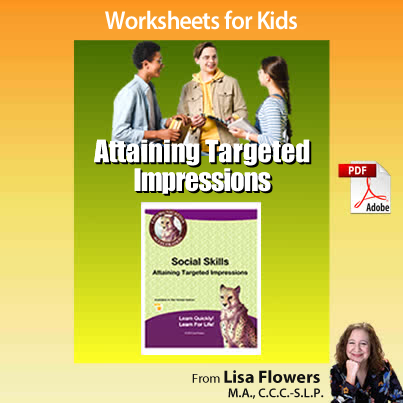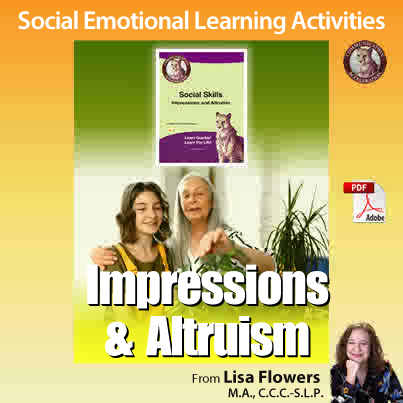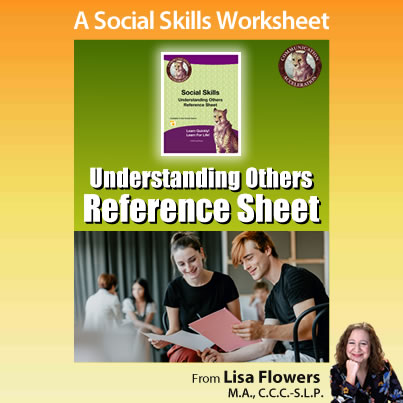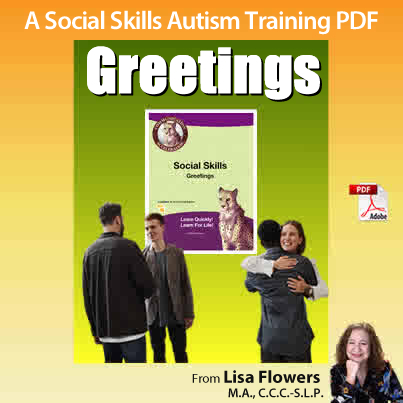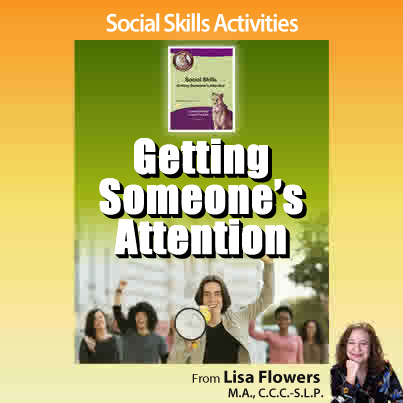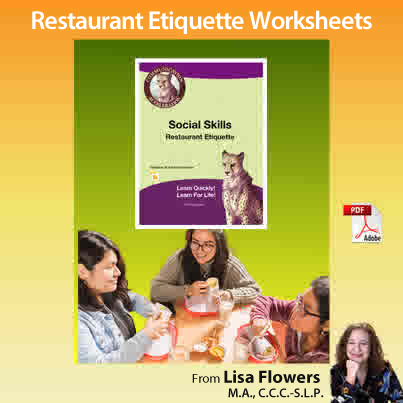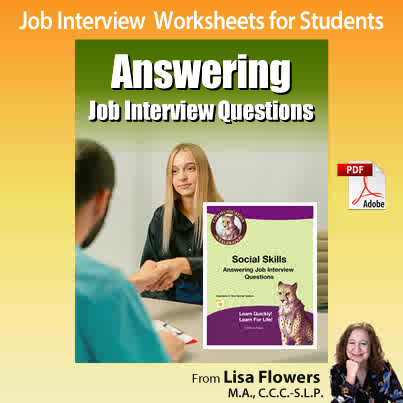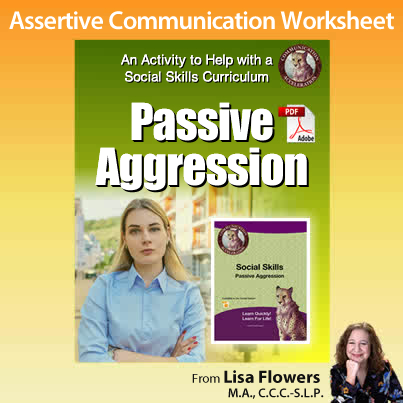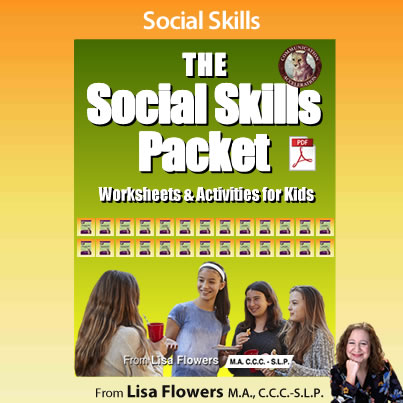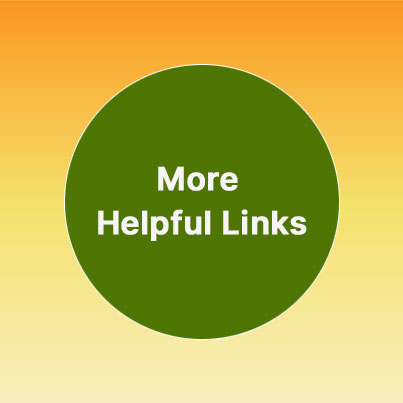Passive Aggression - A High School Social Skills Activity
Social Skills / Activities / Passive Aggression
Passive Aggression Worksheet
Watch the video to learn more
Click here for video transcription and ADA compliant audio for the video above
Passive Aggression
This activity teaches our vulnerable students to identify passive aggression statements or actions, and to stand up for themselves.
Passive Aggression Worksheet
See the audio transcription below:
Welcome to my Passive Aggression worksheet. Check out this excerpt from the training video I did for the New York City Department of Education. OK, the last activity is Passive Aggression. This one is near and dear to my heart because I grew up with someone that was very passively aggressive toward me. And I did not handle it well and I let them get away with not treating me well and I worry about our students, right? Our students are vulnerable, very vulnerable, and I want them to be able to protect themselves against passive aggression, so for this we go over what it means, why somebody is passively aggressive, right? They're aggressive, which is hostile, but they're doing it in a passive way, so they don't get called on it. And then we go over a number of different situations, what's passively aggressive about each situation, and how they can best handle it. Thanks for reviewing my description of this worksheet. If you like what you've seen here please click and subscribe to my channel. Not exactly sure what that means, but my web guy told me it's a thing.
Get Great Social Skills Worksheets to add to your Social Emotional Learning Curriculum!
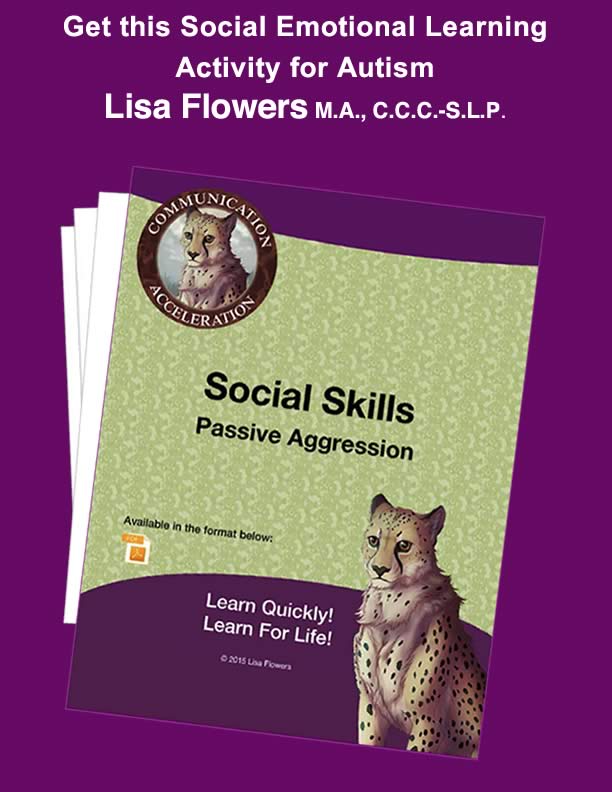
Passive Aggression Worksheet
This resource addresses how to handle passive aggression from others, teaching students to consider others' perspectives to establish what motivates passive-aggressive behaviors and statements, how to stand up for themselves, and how different contexts can yield different responses.
Passive aggression from others is often quite difficult to deal with. It's important to help students understand both how to identify it and how to deal with it, as behaviors and comments of that nature are hostile and our students don't deserve hostility. We typically begin by discussing the term: “passive” referencing an individual wishing to engage in belligerent behavior without being held accountable; and “aggressive,” which references active hostility. Students are supplied with examples of back-handed compliments like “I love your top, you don't look as fat in it.” For each example offered, we discuss the aggression and how the speaker attempts to mask the hostility with passivity. Subsequently, we address how to react to the behavior or comment, encouraging the students to hold the speaker accountable for their hostility to both stand up for themselves and help curb the speaker's passive-aggressive behaviors moving forward.
More Worksheets and Activities from the 52 Lessons Package
These social skills worksheets and activities for individuals with Autism and Social Pragmatic Communication Disorders target a variety of social skills, including the development of empathy, perspective taking, kinesics, listener/reader presupposition, and conversational skills.
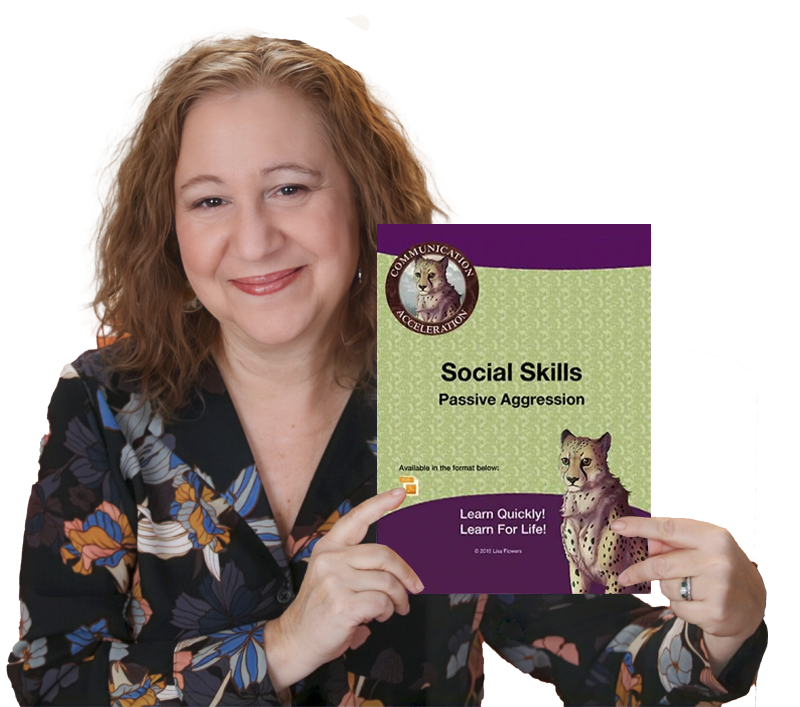

Search Another Way
Get Social Skills
Packet
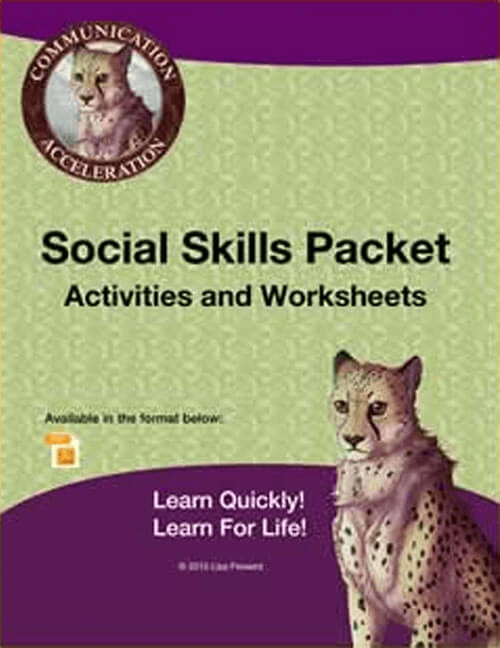
A collection of 28 social skills worksheets and activities that cover conversation skills, kinesics, perspective taking, development of empathy, and real-world communication.
Get 52 Lessons & Activities

A collection of 52 language and communication worksheets and activities that cover a plethora of reading comprehension, writing, grammar, and social communication skills.
